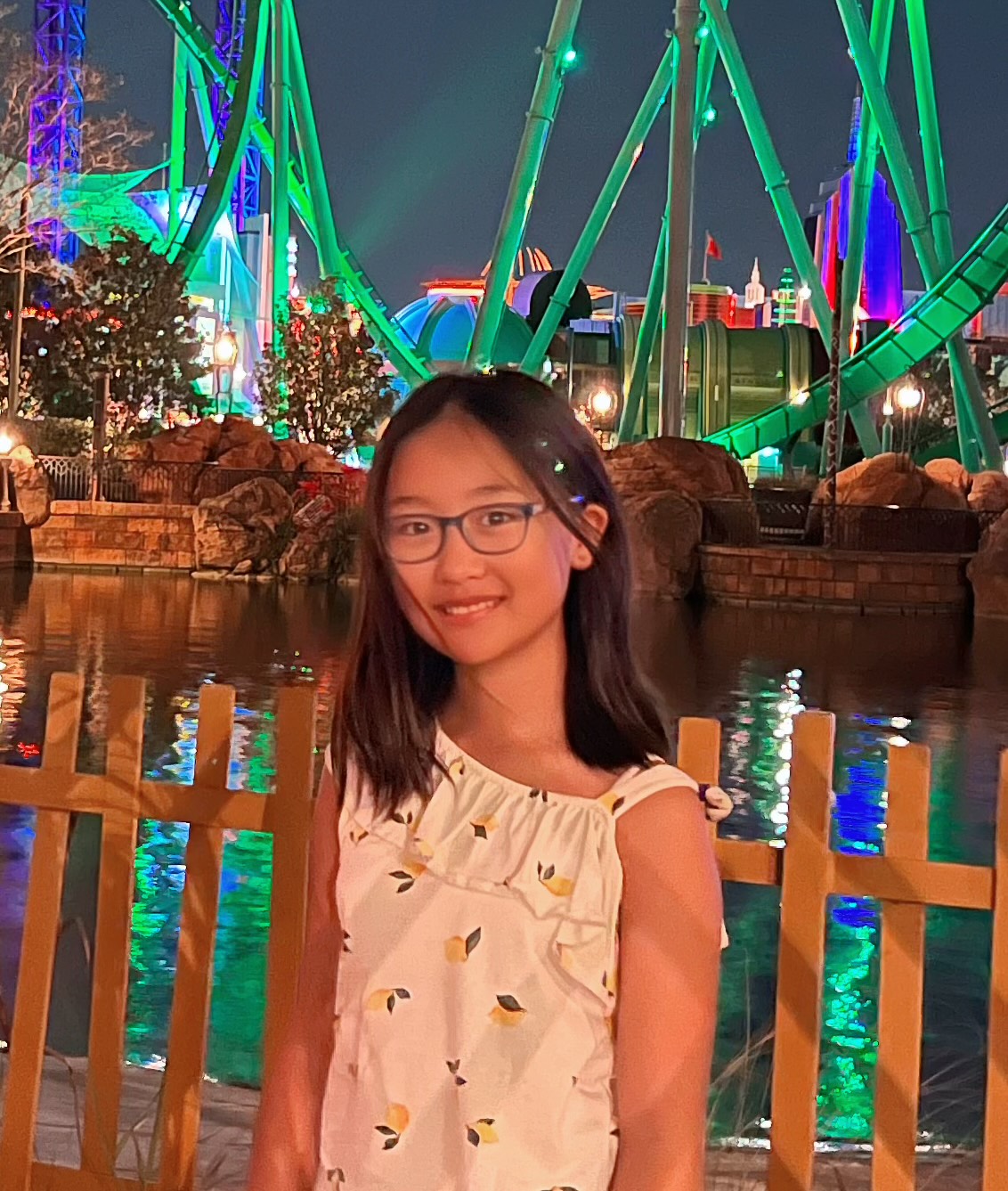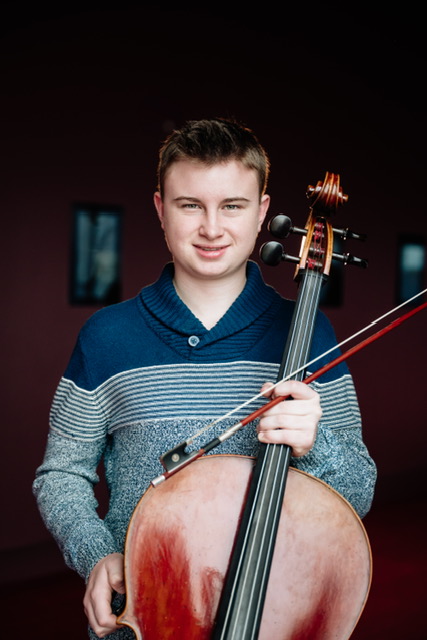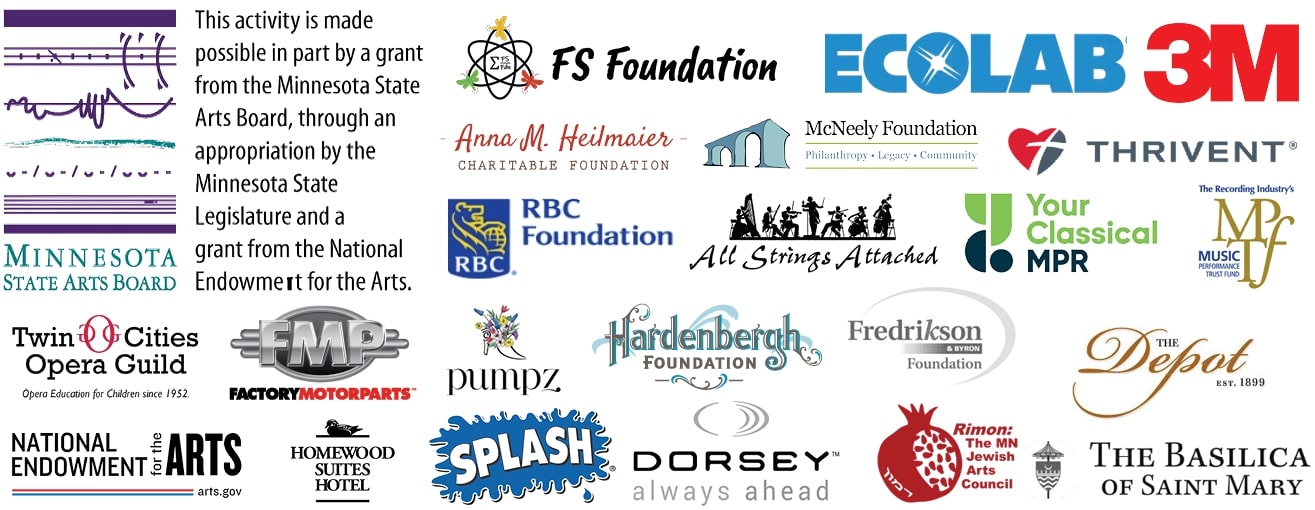Youth Outreach Week
Fri. Jul 26 Basilica of St. Mary 8:00pm
1600 Hennepin Avenue, Minneapolis, Minneapolis
Featuring:
Cello Soloist Summer Liu
Composer Kevin Chen
Cello Soloist Noah Scharback
Program
Cello Concerto No. 1 in C MajorFranz Joseph Haydn
Summer Liu, cello (winner of the Minnesota Sinfonia Young Artist Competition, Junior Division)
Rhapsody for Chamber OrchestraKevin Chen
Minnesota Sinfonia commission and world premiere
Kol NidreiMax Bruch
Noah Scharback, cello (winner of the Minnesota Sinfonia Young Artist Competition, Senior Division)
Symphony No. 8 in F Major, opus 93Ludwig van Beethoven
Allegro vivace e con brio
Allegro scherzando
Tempo di Menuetto
Allegro vivace
 Summer Liu is the winner of this year’s junior division of the Sinfonia’s Young Artist Competition. An 11-year-old 6th grader at Lake Middle School, she has been studying cello for five years and is a student of Andrea Glass at the MacPhail Center for Music. She has previous instruction from Lindsay Stipe at Meredith College in Raleigh, North Carolina. Summer was a winner of the 2023 and 2024 MacPhail Concerto and Aria Competition, a finalist of the 2023 Greater Twin Cities Youth Symphony (GTCYS) Concerto Competition, and received the MacPhail Bjork-Pederson Suzuki Scholarship for the 2023-2024 school year. She was awarded the 2nd prize of the 2023 American Classical Young Musician Award, 3rd prize of the 2022 American Music Talent Competition, and an Honorable Mention of the 2021 American Classical Young Musician Award. Summer was selected as an Upper-Level Soloist for the 2024 Suzuki Association of Minnesota cello graduation recital at cello level 9 and was chosen multiple times to perform at the MacPhail Honor Recitals and master classes. Summer is currently a cellist in the Philharmonic Orchestra of GTCYS, MacPhail Chromatic String Quartet, and the MacPhail Cello Rock Band. Outside of music, Summer enjoys reading, biking, skiing, climbing, spending time with friends, and caring for her two guinea pigs, Peanut and Butter, and her dog, Jelly.
Summer Liu is the winner of this year’s junior division of the Sinfonia’s Young Artist Competition. An 11-year-old 6th grader at Lake Middle School, she has been studying cello for five years and is a student of Andrea Glass at the MacPhail Center for Music. She has previous instruction from Lindsay Stipe at Meredith College in Raleigh, North Carolina. Summer was a winner of the 2023 and 2024 MacPhail Concerto and Aria Competition, a finalist of the 2023 Greater Twin Cities Youth Symphony (GTCYS) Concerto Competition, and received the MacPhail Bjork-Pederson Suzuki Scholarship for the 2023-2024 school year. She was awarded the 2nd prize of the 2023 American Classical Young Musician Award, 3rd prize of the 2022 American Music Talent Competition, and an Honorable Mention of the 2021 American Classical Young Musician Award. Summer was selected as an Upper-Level Soloist for the 2024 Suzuki Association of Minnesota cello graduation recital at cello level 9 and was chosen multiple times to perform at the MacPhail Honor Recitals and master classes. Summer is currently a cellist in the Philharmonic Orchestra of GTCYS, MacPhail Chromatic String Quartet, and the MacPhail Cello Rock Band. Outside of music, Summer enjoys reading, biking, skiing, climbing, spending time with friends, and caring for her two guinea pigs, Peanut and Butter, and her dog, Jelly.
 Kevin Chen is a fifteen-year-old composer who has been writing music since the age of five. He started learning composition with Dr. Sarah Miller at MacPhail at the age of 8 and plays piano and violin. His music has been performed multiple times with the Minnesota Sinfonia and he recently won first place nationally in the Class II division of the NFMC composition contest. He is now in ninth grade and enjoys writing music and computer programming in his free time.
Kevin Chen is a fifteen-year-old composer who has been writing music since the age of five. He started learning composition with Dr. Sarah Miller at MacPhail at the age of 8 and plays piano and violin. His music has been performed multiple times with the Minnesota Sinfonia and he recently won first place nationally in the Class II division of the NFMC composition contest. He is now in ninth grade and enjoys writing music and computer programming in his free time.
 Noah Scharback is the winner of this year’s senior division of the Sinfonia’s Young Artist Competition, and winner of the All Strings Attached First Place Prize. Noah is a 9th grader at Minnetonka High School and is thrilled to be collaborating with the Minnesota Sinfonia. Noah plays cello in the Minnesota Youth Symphony where he was this year’s Symphony Solo Competition winner. In addition to exploring chamber music with a quartet of wonderful young people at Artaria Chamber Music School, Noah devotes his time to studying cello with his beloved teacher, Dr. David Holmes, playing travel soccer with Tonka Fusion Elite, and singing in his 9th season with the Minnesota Boychoir. Noah’s opera credits include La Bohème at Theatre Latté Da and the role of Miles in The University of Minnesota Opera Theatre’s production of Benjamin Britten’s Turn of the Screw; however, Noah’s most accomplished role to date is that of Big Brother to his four little sisters.
Noah Scharback is the winner of this year’s senior division of the Sinfonia’s Young Artist Competition, and winner of the All Strings Attached First Place Prize. Noah is a 9th grader at Minnetonka High School and is thrilled to be collaborating with the Minnesota Sinfonia. Noah plays cello in the Minnesota Youth Symphony where he was this year’s Symphony Solo Competition winner. In addition to exploring chamber music with a quartet of wonderful young people at Artaria Chamber Music School, Noah devotes his time to studying cello with his beloved teacher, Dr. David Holmes, playing travel soccer with Tonka Fusion Elite, and singing in his 9th season with the Minnesota Boychoir. Noah’s opera credits include La Bohème at Theatre Latté Da and the role of Miles in The University of Minnesota Opera Theatre’s production of Benjamin Britten’s Turn of the Screw; however, Noah’s most accomplished role to date is that of Big Brother to his four little sisters.
Program Notes
Concerto No. 1 in C MajorFranz Joseph Haydn (1732-1809)
I compose music so that the weary and worn, or the man burdened with affairs, may enjoy a few moments of solace and refreshment. I know that God has bestowed a talent upon me, and I thank Him for it. I think I have done my duty and been of use in my generation by my works. Let others do the same.
Those are the words of Franz Joseph Haydn.
The C Major cello concerto was composed in 1783 for Anton Kraft, who was a cellist in the Esterhazy orchestra and, when that orchestra disbanded, later moved to Vienna to become one of the foremost cellists of his time. For many years there seemed to be questions of whether this concerto was really composed by Haydn. It was not until an autographed score was found in 1951 that its authenticity was established. Over forty years ago, when I first wanted to perform this concerto with university cello professor Tanya Remenikova, printed parts were not available. I did have a score, so my wife Joyce and I hand copied the orchestra parts. Since then, of course, printed and published parts have become available, and this concerto, along with Haydn’s D Major concerto – which coincidentally also had questions of origin and authenticity – have become staples in the cello repertoire. jf
Kol Nidrei, Opus 47Max Bruch (1838-1920)
Composed in 1880 and published in 1881, the Kol Nidrei (means “All Vows”) is a solo setting for cello and orchestra based on two Jewish themes. The first is from the prayer that is sung by the cantor on the evening of Yom Kippur, the Jewish Day of Atonement, arguably the holiest of all Jewish holidays. The second theme, also of Jewish origin, was from a set of arrangements of old Jewish synagogue melodies by Isaac Nathan. For some of the settings, Nathan asked Lord Byron to write poetry that he then set to the melodies. “O Weep for Those that Wept on Babel’s Stream,” which was part Byron’s collection and Nathan’s arrangements, was incorporated by Bruch for the Kol Nidrei.
Max Bruch was not Jewish – in fact he was Protestant – but he took an interest in Jewish music when he became friends with the chief cantor of Berlin, Jacob Lichtenstein. Bruch did not intend to create a synagogue service or Jewish prayer, but rather to compose a rhapsody for cello with beautiful and meaningful melodies. In that respect, he succeeded admirably. jf
Symphony No. 8 in F MajorLudwig van Beethoven (1732-1837)
Ludwig Van Beethoven is probably best remembered as the genius who went deaf at an early age, yet still created some of the most famous and popular symphonic works of all time. Nearly everyone knows the opening of his fifth symphony (arguably the most famous four notes in history), and many of his works have been performed at important political and historical events all over the world (including the fall of the Berlin Wall and at President John Kennedy’s funeral).
Much has been made of the differences between the odd and even numbered symphonies. In the third symphony (the Eroica), and the fifth, seventh and ninth, one can see a pattern of towering and romantic figures that evoke strong emotions and drama. On the other hand, the even number symphonies – two, four, six and eight –
tend to be “lighter” in nature, and with the exception of the sixth, structured more in a “classical vein.” Some commentators suggest that after composing the emotionally draining odd numbered symphonies, Beethoven needed a respite, which led to the “lighter” works. The problem of course is that he often worked on odd and even numbered symphonies simultaneously, including both the seventh and eighth symphonies.
When Beethoven was composing the eighth symphony, there were several non-musical factors that may have influenced the character of this work – the famous “Immortal Beloved” letter that was written but likely never sent to an unidentified love interest, meeting the famous literary giant Goethe, and spending a pleasant summer in the Bohemian spas – Vienna was a sanitary nightmare during the summer.
Of course, for today’s audiences, the eighth symphony is considered a gem, great fun to listen to, and certainly not a light-weight symphony. However, when it was premiered on February 27, 1814 in Vienna, paired with his seventh symphony, the audience’s reaction was not overwhelming. In comparison to the cheers and demands for a repeat of the allegretto movement of the seventh symphony, the eighth symphony’s reception was tepid. This reaction was explained by a reviewer in the Leipzig Allgemeine Musikalische Zeitung:
The applause that it received was not accompanied by the enthusiasm which distinguishes a work that gives universal delight…. The reviewer is of the opinion that the reason does not lie by any means in weaker or less artistic workmanship (for here as in all of Beethoven’s work of this kind there breathes that peculiar spirit by which his originality always asserts itself); but partly in the faulty judgment which permitted this symphony to follow the [Seventh in] A major…. If this symphony should be performed alone hereafter, we have no doubt of its success.
According to Sir George Groves, in response to the lukewarm response, Beethoven simply remarked “That’s because it’s so much better than the other.”
A very interesting side note about the symphony: it has no slow movement. In fact, instead of the “typical slow movement,” the second movement has a very steady rhythmic pulse that mimics a “chronometer,” the predecessor of our modern-day metronome. Interestingly, the chronometer was invented by Beethoven’s friend, Johann Nepomuk Maalzel, who also created several hearing aids for his use when he was losing his hearing. jf
Please click here for all concert dates!

